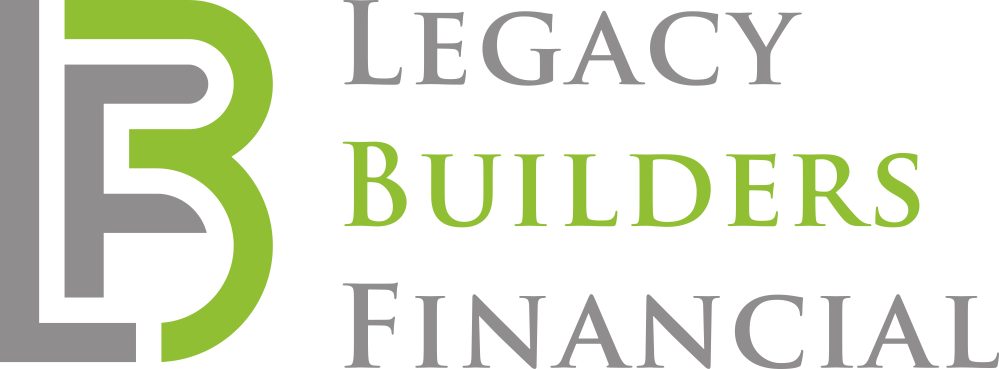As the new year begins, people start to evaluate their financial plans and carve out a path for their future. For most, this quickly turns into an issue of priorities, often between short and long term goals.
Should you prioritize saving for retirement over debt repayment? Saving for your kids’ college over replacing the SUV that is on its last leg?
When it comes to prioritizing money, maintaining a balance between the present and the future is a constant struggle. Learning to overcome this struggle is not easy, but will help secure your financial future for years to come.
This begs the question: how can you strike a balance between the demands of today and the concerns of tomorrow?
Get Organized
It is impossible to set priorities when your goals and financial information are scattered in a dozen different places.
So, first and foremost, make a list and get organized.
Decide what is important to you.
You may be concerned with future purchases, debt, savings, retirements, or any number of financial obligations. You don’t need to prioritize them yet, but at least jot them down in one place! This way, you have a clear picture of your financial goals.
Identify Immediate Concerns
Do you have overdue bills? Are your appliances in dire need of updating? Is your current income enough to cover basic expenses? Remember, planning for the long term is vitally important with one caveat: Don’t let it prevent you from addressing your short term obligations and daily expenses!
Realistically, the short term concerns, insofar as they have a deadline in the immediate future, must be addressed first. The easiest way to identify these concerns is by asking the question: how long can I put off this issue without any negative consequences?
The sooner the deadline, the greater the priority it should receive. It’s easy to confuse our needs though. Ask yourself, what do you actually NEED to live? What gratification can you delay until your financial house is in order?
Allocate Resources
Now that you’ve identified your immediate concerns, it’s time to evaluate your budget and find the best way to allocate resources. This step can be done in conjunction with your long term plans, so there is no need to overdo it.
For example, you may have a looming credit card bill on a card that consistently carries debt from month to month.
Obviously, you will want to eliminate the burden of debt as soon as possible, so you might be inclined to use all available funds to pay it down. However, this kind of action should be saved until you have evaluated all of your options for the future, including savings and potential investments.
In the meantime, pay what you need to pay.
You can always come back later to pay down more when you have a better idea of your entire financial picture. It’s also a great idea to allocate the money you have left over each month to build up a cash buffer/emergency fund. This way, when “life happens,” you have enough cash to not have to use credit cards again! This strategy only serves to get us out of having to rely on credit cards!
Find Areas for Improvement
LIfe can seem full of bills and obligations. No wonder it is so easy to let some payments slip under the radar! Once you have identified areas of immediate concern and ensured that you have met your obligations, it is time to find previously untapped sources of revenue and potential savings.
Consider cutting back on nonessential expenses, like an expensive phone plan or streaming service. If you prefer to increase your income rather than cutting back on expenses, you can also research passive income streams. There are great opportunities for extra side income, like starting a blog or renting out a room. In the end, there are only two factors you can control: How much you have coming in, and how much you have going out!
Invest in your Future
Now that you have dealt with your immediate financial needs and found some extra money in the budget, you can begin evaluating your long term goals and future responsibilities.
Perhaps you want to pay off your mortgage early or buy a new car. Like most people, you probably want to increase your savings for retirement and ensure a high standard of living for your family.
In the same way that you decided how best to handle immediate concerns, you must also begin planning for your future.
For example, you may have difficulty choosing between debt payments and high-yield investments. Generally, it is best to pay down debt first, as it is both a financial and mental burden. Mark Cuban himself said, “if you pay off that loan, you’re making 7%.”
Having a lot of debt also limits future business or personal plans that you would like to make.
However, every situation is different.
You might have a loan with a low interest rate, and money earmarked for long-term savings. It would make more financial sense to make the minimum payments on your credit card, and use any additional money to save. The mathematically optimal strategy isn’t always the best strategy though. We all have different aversions to debt, how much risk we want to take, etc.
Making a financial plan is definitely a balancing act. While close deadlines and immediate obligations must be addressed first, this does not mean that they are more important than your long-term goals. In fact, focusing on the long-term almost generally yields better results in the end.
However, allowing your current obligations to pile up will only make your life harder down the road. If you plan smart, deal with your present obligations, and set aside funds for the future, you can strike a perfect balance in your financial life.
